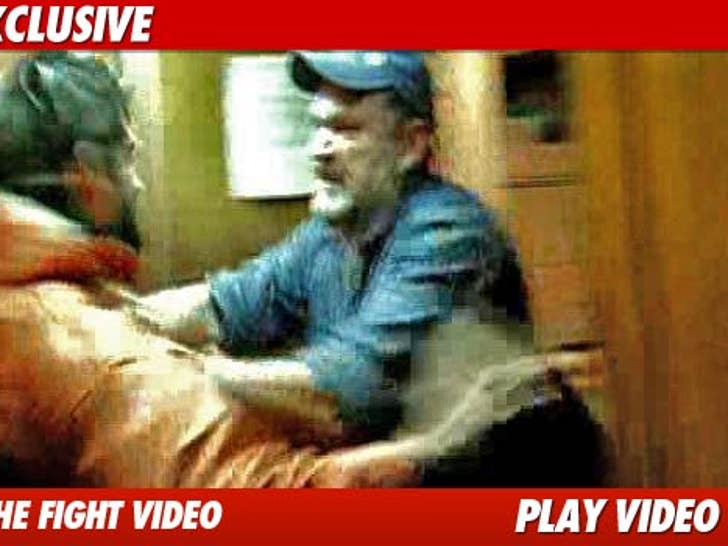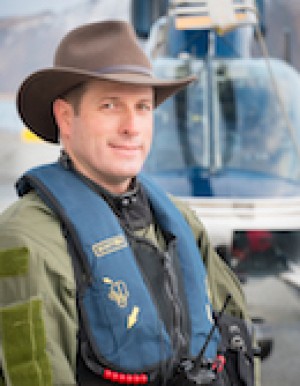

Everything that they film is accurate, but you will see a lot of the more foul weather as opposed to the calm days I suppose that’s what sells, but the bad weather is a reality. They shoot thousands of hours of footage, and I can understand that they are trying to put a story-board together and make it fit. SH: I do think they want to show the dramatic side. Is the weather just always crap in the Bering Sea or do the producers just like to pick on the most dramatic conditions when they cut the show? In the shows that I have seen, the weather seems to be uniformly heavy. We try to stay away from the other boats if we can. Finding the concentrations each season is a matter of instinct and hunch, like it has always been. For king crab we fish maybe 130-150km east and west to start with until we get dialled in with the opilio it is the same thing. We try to follow that pattern and we spread the gear out. The opilio crabs tend to have a northern trend in the populations themselves the king crabs have more of a western trend for all the populations and there are many schools of crabs moving about out there. If the crabs don’t live in structure like our crayfish, how do you decide where to set your crab pots?

The ice came down last year and engulfed the island, but we have no choice but to deliver there, so what do you do? There is no flexibility in the new system. The northern catch needs to be delivered to Saint Paul Island, because that is where the catch history is.

Depending on the fisheries zone, we are locked into delivering to the ports where we have catch history, in each zone. We were supposed to have a larger window of time to deliver at more leisure, but that hasn’t happened.ĭoes the weather and ice movement have an effect on when you can fish?
#Deadliest catch cameraman pay windows#
The processors and the market have so much control over the industry that the small windows of time are still there. It was supposed to make things safer for us, and it has in that we know we can stop now if the weather is extreme, but at the same time we are still racing to get the crabs back to the processor. Then we went to the Individual Fishing Quota, very similar to the ITQ system you have here in New Zealand. The season might only last 70 or 80 hours.

SH: Up until two years ago we had a competitive quota forcing us to fish in nearly all conditions or miss out. How does the fisheries management of the Alaskan crab fishery work and what effect does it have on how you must work? Do you still have a competitive catch quota system and a short season, forcing boats to work in heavy weather or miss out? He was recently in Auckland and I had the chance to talk to him about the show and life as an Alaskan crab fisherman. Hansen is a fourth-generation fisherman, an American with Norwegian roots, and his two brothers work with him as deck hands. Sixty-seven fishermen have lost their lives in the last 15 years often a death a week during the short crab season.Ī regular on the show is Sig Hansen, skipper of the family-owned 36m crab boat the Northwestern, one of the top producers in the fleet. Without a survival suit, any crewmember lost over the side into the three-degree water will be dead within two minutes. Conditions are often extreme – 15-metre seas and 50- and 60-knot winds combine with sub-zero temperatures, heavy machinery and 350kg pots to create one of the world’s most hazardous working environments.


 0 kommentar(er)
0 kommentar(er)
